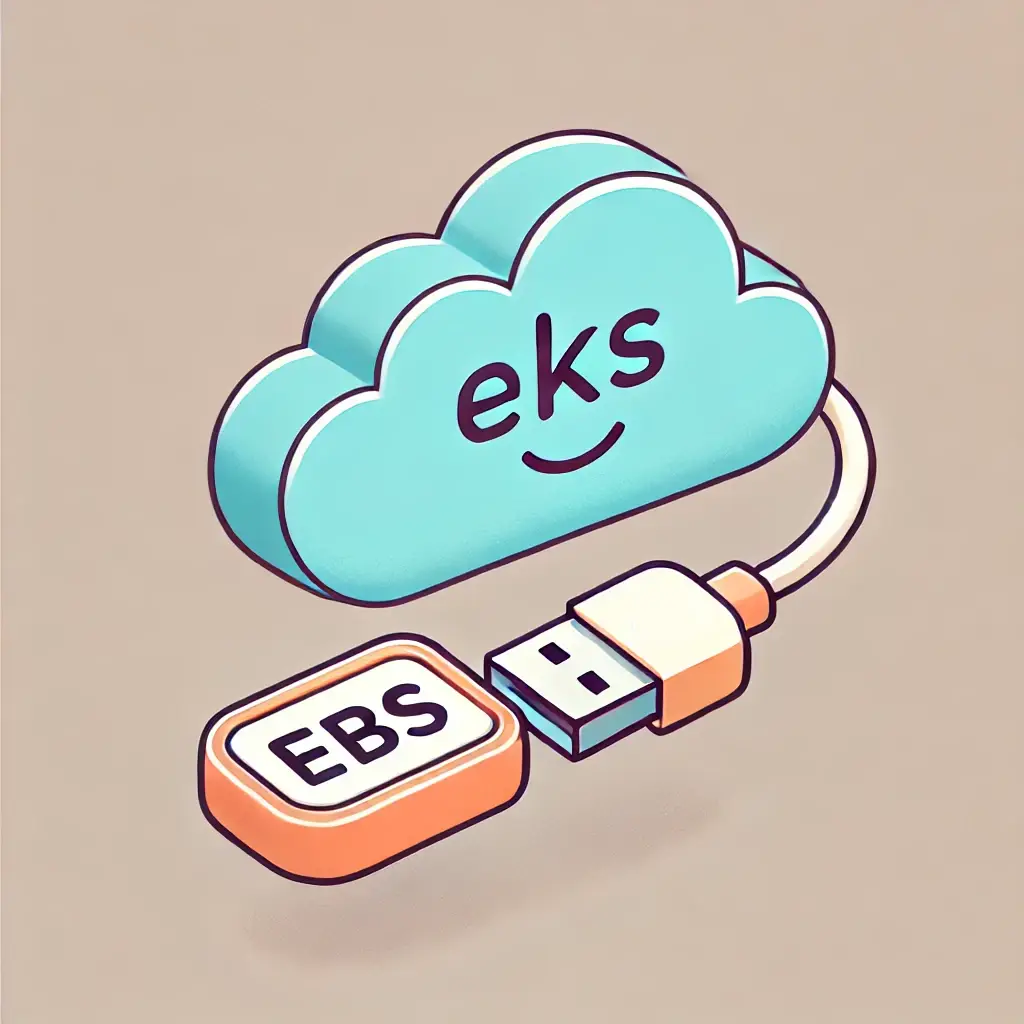How Talos Won My Heart (and My Clusters)

When I first dipped my toes into the vast ocean of Kubernetes, I was pretty much like everyone else—completely overwhelmed. The sheer complexity of setting up and managing a cluster felt like trying to assemble IKEA furniture without the instructions. But like many tech journeys, it all started with curiosity, a bit of frustration, and a lot of Googling.
The First Step: RKE2 with Rancher
My Kubernetes journey began with RKE2, Rancher’s Kubernetes distribution. To be honest, I had no idea what I was doing at first. Kubernetes is a beast, and setting up RKE2 felt like trying to ride that beast while blindfolded. But Rancher made things a little more bearable, offering a UI that felt like training wheels on my Kubernetes bike.
RKE2 wasn't just my introduction to Kubernetes, though—it was also my gateway to some pretty awesome tools. Through RKE2, I got acquainted with the Prometheus-Grafana-Loki stack for monitoring, which was a game-changer. For someone who was still trying to figure out the basics, having such a robust monitoring setup made me feel like I was finally getting a grip on things. Despite the steep learning curve, RKE2 became my Kubernetes home base, and I was content—until I wasn't.
The Wanderlust Kicks In: Switching to K3s
As I got more comfortable with Kubernetes, I started hearing whispers of something lighter, faster, and just as powerful—K3s. People sang its praises, so naturally, I had to try it out.
Switching to K3s was like upgrading from a bulky desktop to a sleek laptop. It was lightweight, easy to deploy, and perfect for someone like me who was still learning the ropes. I set up a production cluster using K3s, complete with Longhorn for storage and Istio for my ingress gateway. K3s worked like a charm, and honestly, I had no complaints. It was a reliable, no-nonsense distro that did exactly what it said on the tin. But of course, in the world of tech, there's always something new and shiny to catch your eye.
The Game Changer: Discovering Talos
Enter Talos. I decided to give it a shot for a new cluster I was setting up, one that would primarily host development environments rather than production workloads. I’d heard about Talos being a Kubernetes-native Linux distro, and the idea of an OS specifically designed to run Kubernetes was too intriguing to ignore.
From the moment I started with Talos, I was hooked. First off, Talos is unlike any other distro I’ve tried. It’s purpose-built for Kubernetes, meaning it strips away all the unnecessary components that traditional Linux distributions carry. No more fiddling with SSH, no more manual OS tweaks—Talos is fully managed through the Kubernetes API. This declarative approach felt like Kubernetes had finally met its match in the OS world.
One of the things that really stood out to me was how Talos came with its own Linux distro. This wasn’t just Kubernetes running on top of some general-purpose OS—this was an operating system designed from the ground up to work with Kubernetes. The installation process was smooth, and thanks to my prior experience, I was up and running in no time. But I think even if I’d started with Talos, the process would have been just as straightforward.
Why I’m Bullish on Talos
If you haven’t guessed by now, I’m all in on Talos. Here’s why:
- Purpose-Built for Kubernetes: Talos isn’t just a Linux distro that happens to run Kubernetes. It’s a Kubernetes-native OS, which means everything about it is designed to make your Kubernetes clusters more secure, more stable, and easier to manage.
- Immutable Infrastructure: With Talos, the idea of immutable infrastructure really comes to life. The OS itself is read-only, which means it can’t be tampered with. All configurations are declarative and managed through Kubernetes APIs, so you get consistency across your entire environment.
- Enhanced Security: No SSH, no shell, no local login. At first, this might seem limiting, but in reality, it’s a huge security boost. By removing these attack vectors, Talos makes your Kubernetes nodes more secure, and much more declarative and self documenting.
- Smooth Management: Because everything in Talos is managed via the Kubernetes API, there’s a seamless integration between the OS and your Kubernetes clusters. If you’re already comfortable with Kubernetes, managing Talos nodes will feel like second nature.
- Rolling Updates: Talos handles updates like a pro, with automated rolling updates that ensure your nodes stay up to date without manual intervention. It’s like having a sysadmin who never sleeps.
Conclusion: Talos Is the Future of Kubernetes Operating Systems
My journey from RKE2 to K3s and finally to Talos has been an eye-opener. Each step taught me more about Kubernetes and how to make it work better for my needs. But with Talos, I feel like I’ve found something truly special—a distro that doesn’t just run Kubernetes, but actually enhances it.
If you’re running self managed Kubernetes in any capacity, I highly recommend giving Talos a shot. Whether you’re managing production clusters or setting up dev environments, Talos offers a level of security, simplicity, and integration that’s hard to beat.
So here I am, a former Kubernetes newbie, now a Talos convert. And if you give it a try, I bet you’ll be just as keen on Talos as I am.


